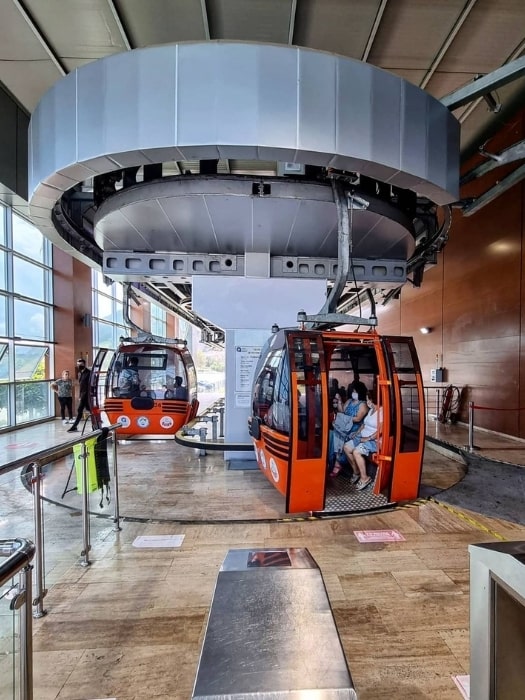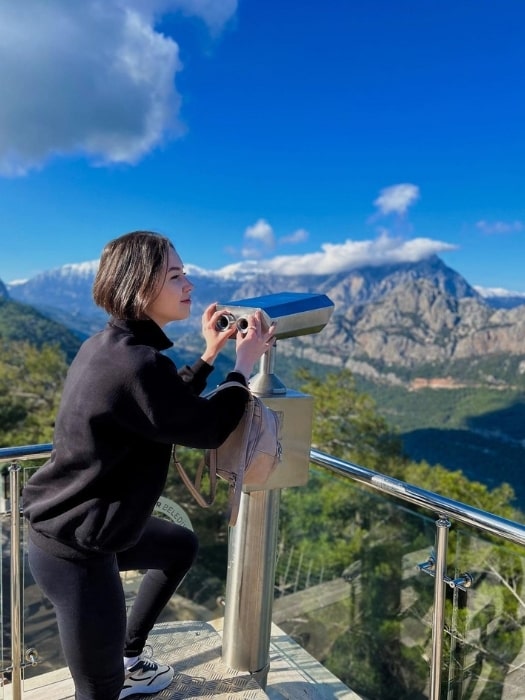- Booking
- Places to visit
- Museums
- Mausoleums & Religious Sites
- Forts & Historic Sites
- Hotels to stay in
- Clock Square Hotel (4★)
- Tabriz Hotel Nakhchivan (5★)
- Grand Hotel (Muse) (3★)
- Grand Hotel Nakhchivan (3★)
- Naxçıvan Palace Hotel (4★)
- Avtovagzal Hotel (3★)
- Guest House & Hostel
- House in Nakhchivan City – Villa
- Nakhchivan Center Facility- (2+1 Room-House)
- Villa in Nakhchivan City
- Eljan Home – Apartment (Facility with Accommodation)
- Toghrul Hotel
- Mountain Air – Kükü kəndi Facility
- Duzdağ Cave Salt Therapy
- Food and beverage service
- FAQ
- Contact
- Language




